"Augusta McKay Lodge...not only shreds but has a titanic sound. McKay Lodge plays with a rounded and beautiful tone, certainly, but she can also overwhelm with volume and raw power...she's worth a special trip to hear."
The Strad Magazine
Limelight Magazine
We last heard young Paris-based American violinist Augusta McKay Lodge on Naxos in splendid performances of works for unaccompanied Baroque violin by Biber, Locatelli, Pisendel, Matteis and Baltzar. Now she returns in the company of musical friends to shine a light on yet more unfamiliar music of the Baroque, this time violin sonatas by Corelli followers Giovanni Mossi (c.1680-1742) and Giovanni Stefano Carbonelli (1691-1772).
Read Full Review Here >
Strings Magazine
Strings spoke to Baroque violinist Augusta McKay Lodge, who recently released Corelli’s Band: Violin Sonatas of Carbonelli, Corelli, Mossi (Naxos). The album features rare works by composers affiliated with Corelli and a world premiere recording.
The WholeNote Magazine
“The continuo band is a powerhouse and provides strong support to Lodge, who is clearly emerging as one of the most eloquent and interesting Baroque violinists around.”
Early Music America
A delightful selection of Italian violin sonatas is brought to life by Augusta McKay Lodge and her fellow performers. The legacy of Arcangelo Corelli as both a player and a composer is fully on show in this album named in recognition of his influence.
WQXR
McKay Lodge’s performance is begging you to listen to what the music has to say, to engage with the art of folks we might have forgotten. And if you don’t give it all the attention it’s due, you’re liable to feel a tiny bit guilty.
New York Music Daily
Lodge has a lithe, strikingly nuanced touch, a flair for the dramatic, a colorful vibrato but also a finely attuned sense of the music’s emotional context. And if you think that every worthwhile piece from the 18th century has already been recorded, guess again!
WFMT
Both [Carbonelli and Mossi’s] works combine formal elegance with wild abandon, lyrical charm, and virtuosity alongside plenty of room for improvisation from acclaimed soloist Augusta McKay Lodge.
Violinist.com
Both [Mossi and Carbonelli’s] works combine formal elegance with wild abandon, lyrical charm and virtuosity alongside plenty of room for improvisation -- a specialty for violinist and Baroque specialist Augusta McKay Lodge.
Sticky Notes: The Classical Music Podcast
Augusta speaks with conductor and host of the Sticky Notes podcast, Joshua Weilerstein, to discuss the differences between modern and historical performances.
Berkshire Fine Arts
“Augusta Lodge is an important solo violinist, whose instrument often sings with a pure line. This kind of evenness is extremely difficult to achieve on her instrument. She can create not only mournful melodies, but also harsh angry sounds when needed.”
Read Full Review Here >
Blogcritics
“Voyage Sonique got a warm reception for its “Epilogues and Epitaphs” concert in the dank corridor on Monday night. The acoustics are very crisp, even at times a little harsh for an assertive musician like Lodge”
Blogcritics
Jon Sobel interviews Augusta in preparation of Voyage Sonique’s Angel’s Share performance. Read the interview here.
Faces of Classical Music
“Though Bach's set of six Sonatas and Partitas represents the pinnacle of writing for the solo violin, the Baroque repertoire was rich in compositions for the unaccompanied violin, much of which remains little explored.”
WCLV Ideastream
WCLV’s Mark Satola speaks with Augusta to talk to her about Baroque music, her new CD ("Beyond Bach and Vivaldi"), and a Baroque violin that was made just four years ago. Listen to the interview here.
WBAA Interview with John Clare
Early Music America
“Lodge’s special skill, in addition to her intonational and tonal felicities, is knowing when to stop and go — an inexpressible sense of pace and pause that focuses the listener’s attention on each piece’s most poignant moments.”
AllMusic
“McKay Lodge plays a modern replica by Jason Viseltear of a Baroque violin with a sweet tone and bright coloration, and the performances are lively and witty, with a rhythmic verve that elevates the pieces above mere exercises. While most of the selections are short and based on dance forms popular in the period, which Bach also used, perhaps Biber’s Passacaglia in G minor from the Rosary Sonatas anticipates Bach at his most profound in the famous Chaconne from the Partita in D minor. A delightful exploration of overlooked repertoire, this CD offers intimate sound and crisp details which Baroque enthusiasts will relish.”




















